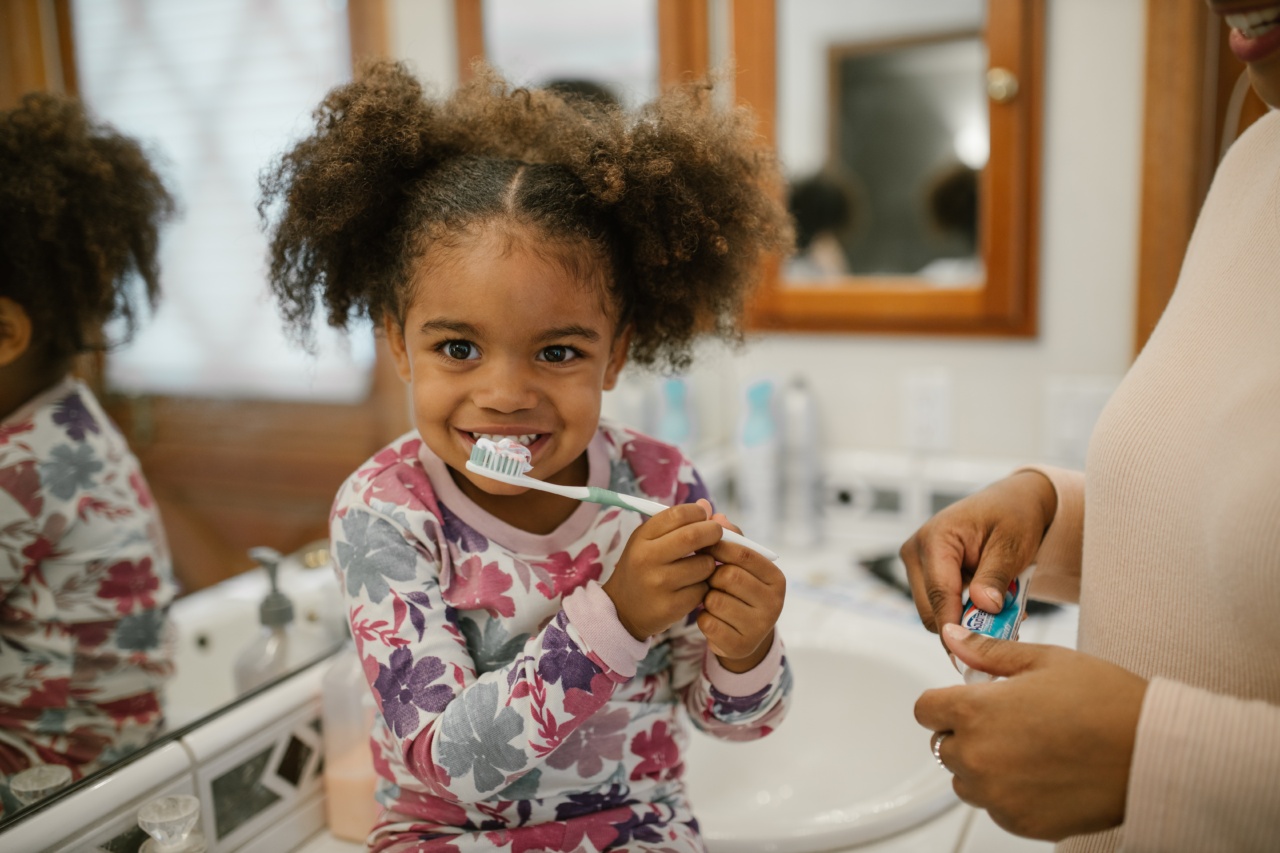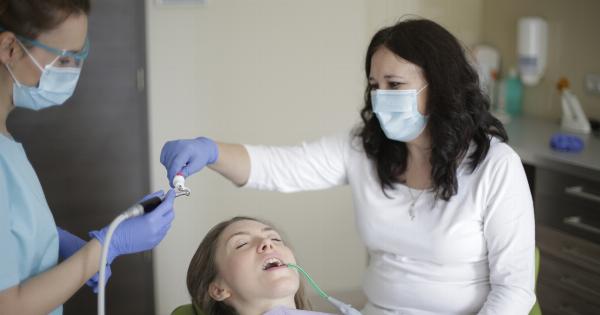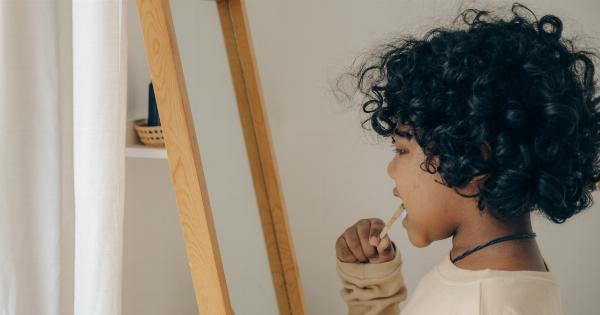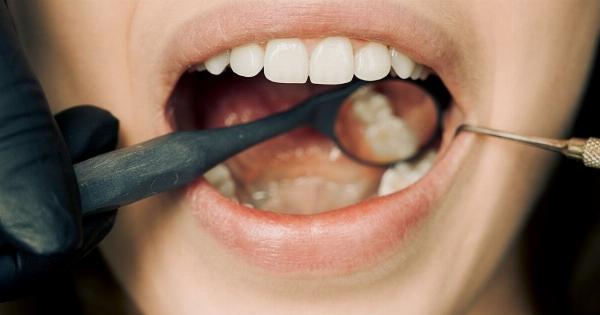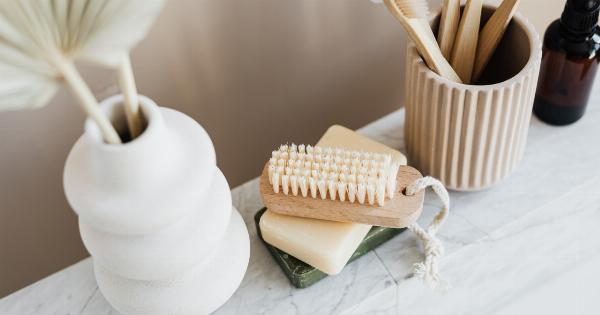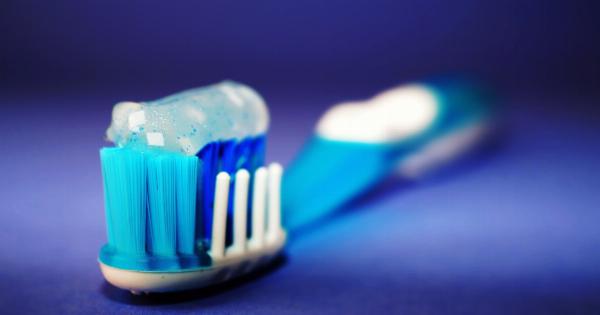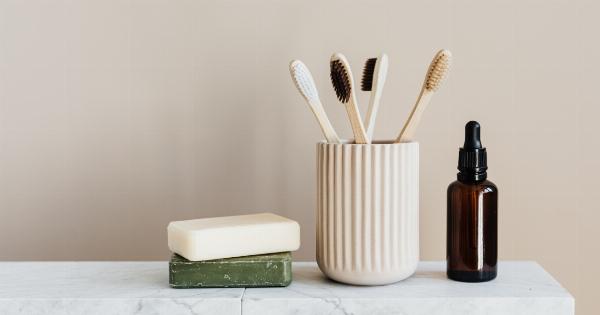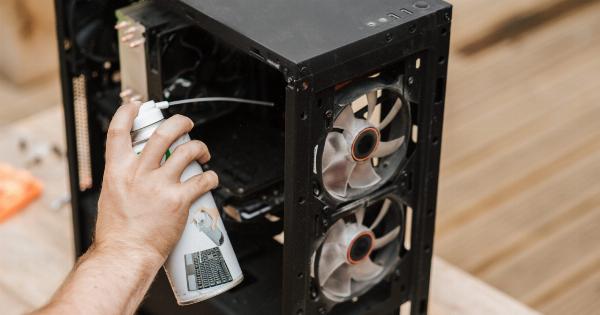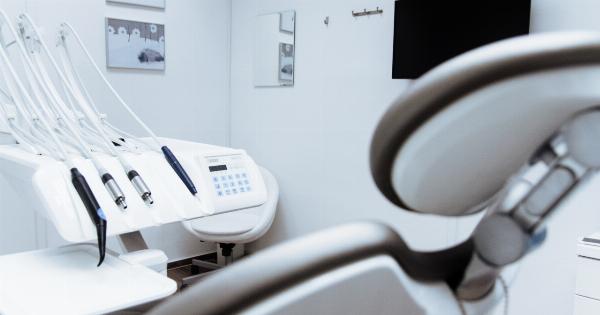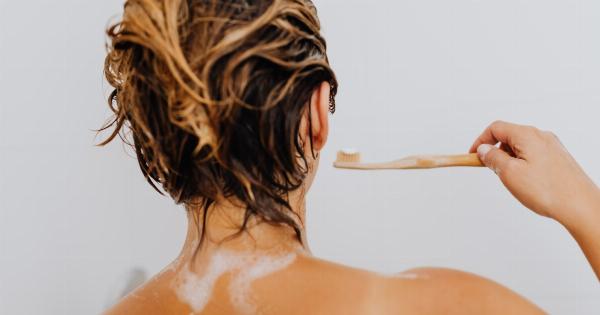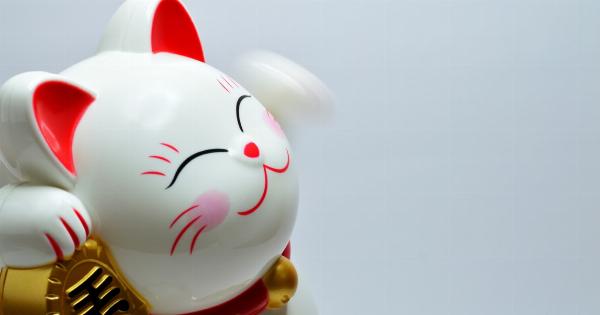As a parent, it is important to establish good oral hygiene habits in your child from an early age. One of the most essential habits is brushing their teeth regularly.
However, brushing a child’s teeth can be a challenging task, especially for younger ones who may resist or find it uncomfortable. In this step-by-step guide, we will provide you with helpful tips and techniques to make brushing your child’s teeth a hassle-free and enjoyable experience.
Gather the Necessary Supplies
Before you start brushing your child’s teeth, ensure that you have all the necessary supplies at hand.
These include a child-sized toothbrush with soft bristles, fluoride toothpaste specifically formulated for kids, a cup of water, and a clean towel or napkin. Organizing these items beforehand will make the process smoother and prevent any unnecessary interruptions.
Find the Right Position
Choosing the right position for brushing your child’s teeth is crucial for both their comfort and your convenience. For younger children, it is often easier to have them sit or lie down on a bed or couch with their head resting on your lap.
Older children can stand on a stool in front of the bathroom sink. Whichever position you choose, make sure it allows easy access to their mouth and teeth.
Show and Tell
Before you begin brushing, it can be helpful to show your child how to properly brush their teeth.
You can use a mirror to demonstrate the correct technique, emphasizing the importance of brushing all sides of each tooth, including the front, back, and chewing surfaces. Seeing you brushing your own teeth can also be a great way to encourage your child to follow suit.
Apply the Right Amount of Toothpaste
Using the appropriate amount of toothpaste is essential to maintain good oral health without risking fluoride overexposure. For children under three years old, a rice grain-sized smear of toothpaste is adequate.
For kids aged three to six, you can increase the amount to a pea-sized dollop. Remember that children should be supervised while brushing and reminded not to swallow the toothpaste.
Start Brushing the Teeth
Gently lift your child’s upper lip and start brushing the front teeth using a small, circular motion. Be sure to clean the outer surface of each tooth as well as the inner surface facing the tongue.
Pay special attention to the back teeth as they are more prone to cavities. Angle the toothbrush to clean the gum line and remove any plaque or food particles. Repeat the process for the lower teeth.
Make it Fun and Engaging
Children are more likely to cooperate when brushing becomes a fun and engaging activity. Consider playing their favorite song or nursery rhyme while brushing their teeth to make it enjoyable.
You can also introduce a toothbrush with their favorite cartoon character or a toothpaste with a pleasant taste to pique their interest. Making brushing a positive experience will encourage them to maintain this habit on their own.
Use a Timer
Ensuring that your child brushes their teeth for an adequate amount of time is crucial for effective oral hygiene. Use a timer or a toothbrush with built-in timers to monitor brushing duration.
Ideally, children should brush their teeth for at least two minutes. You can make this time more exciting by turning it into a game or challenge, such as brushing for the duration of their favorite song.
Practice Patience and Supervision
Brushing your child’s teeth can sometimes be a lengthy process, as they may be easily distracted or lose interest. It is important to practice patience during this time and gently encourage them to continue brushing.
Younger children may require more supervision to ensure they are brushing properly and not swallowing the toothpaste. Consider using a second toothbrush to allow your child to brush their teeth simultaneously while you guide them.
Rinse and Spit
After your child has spent the recommended time brushing, it is important to teach them to rinse their mouth and spit out any excess toothpaste.
Give them a small cup of water and guide them to take a mouthful, swish it around, and then spit it out into the sink. Encourage them to repeat this a couple of times to ensure all the toothpaste residue is removed.
Finish with a Reward
Completing the brushing routine with a small reward can reinforce positive behavior and make your child look forward to brushing their teeth.
You can offer a sticker, a high-five, or even a small treat (preferably something healthy) as a way to celebrate their efforts and the completion of the task. This positive reinforcement will help create a long-lasting habit of regular and effective tooth brushing.
